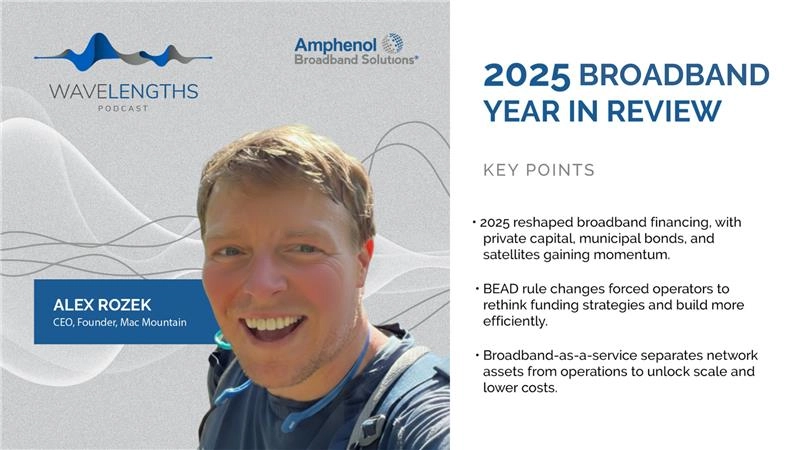The Edge & Re-Architecting the Network
The United States’ internet has been put to the test over the last six weeks, as almost the entire country has moved to streaming, learning and communicating from one wireless network.
This increase in data need begs the question – what will our Internet look like as we move into a connected future post-pandemic?
“Not Your Father’s Data Center” explores this question and how edge data centers fit into Internet architecture with guest Phillip Marangella, CMO at Edge Connects.
As data needs goes up, what happens to the backbone of our network? Marangella said it’s all about alleviating the bottlenecks, tackling latency and ‘re-architecting’ the internet.”
Edge data centers fit into the architecture by delivering cloud computing and cached content from smaller facilities that exist closer to the end-user. Their proximity improves speed and user experience.
But edge data centers cannot operate as silos, Marangella said. The success of future connectivity relies on interoperability between bigger data centers, wireless carriers and data providers. Though 5G is a hot topic of late, Marangella points out that billions have been invested into 4G, and, for many situations, 4G is sufficient. The future of 4G rests in optimization, while 5G will tackle indispensable latency issues like those associated with self-driving cars or airplane flight data.
The future of a high-performing internet that meets global connectivity demands lies in the successful collaboration between 4G, 5G, data centers, data providers and wireless networks.
Follow us on social media for the latest updates in B2B!
Twitter – @MarketScale
Facebook – facebook.com/marketscale
LinkedIn – linkedin.com/company/marketscale








